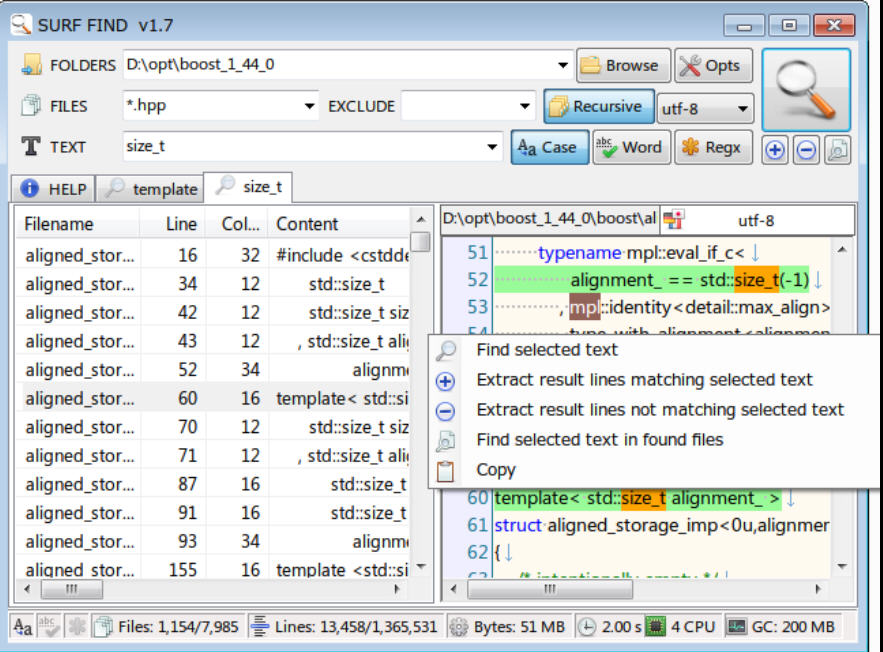
There are three ways that we can use Select-String to find matches. Let’s dive into examples and see how we can leverage Select-String to make find text matches easier. Of course knowing how the parameters and options of a cmdlet work is not quite the same as using it in a production environment.

Wildcards are permitted, but you cannot specify only a directory. Path – Specify the path to the files to search.NotMatch – Look for text that does not match the specified pattern.By default, emphasis uses negative colors based on the background text colors. NoEmphasis – Instead of highlighting the string that the pattern is matched upon, disable the highlighting of matches.If the path includes escape characters, enclose them in single quotation marks to do no interpretation. LiteralPath – This tells Select-String to use the values as input, instead of interpreting values such as * as a wildcard.This is intended to be a fast and efficient way to retrieve a listing of files that have matching contents. List – Only return the first instance of matching text from each input file.Include – Just like the Exclude parameter, Include will include only the specified items using a pattern, such as *.log.Exclude – Working with the Path parameter, exclude specific items using a pattern, such as *.txt.
#Search for text in files bash grep code#
Starting with PowerShell Core 6.2, the Encoding parameter also accepts numeric IDs of registered code pages such as 1251 or string names such as windows-1251. utf8NoBOM: Encodes in UTF-8 format without Byte Order Mark (BOM).utf8BOM: Encodes in UTF-8 format with Byte Order Mark (BOM).unicode: Encodes in UTF-16 format using the little-endian byte order.oem: Uses the default encoding for MS-DOS and console programs.bigendianunicode: Encodes in UTF-16 format using the big-endian byte order.ascii: Uses the encoding for the ASCII (7-bit) character set.


Context – A very useful parameter in that, you can define the number of lines before and after the match that will be displayed.CaseSensitive – Matches are not case-sensitive by default, this forces the cmdlet to look for matches that match exactly to the input pattern.A single MatchInfo object will still be emitted for each line, but it will contain all of the matches found. AllMatches – Normally, Select-String will only look for the first match in each line, using this parameter the cmdlet will search for more than one match.If the BOM is missing, Select-String will assume it is a UTF8 file. Additionally, Select-String can work with different file encodings, such as Unicode text, by use the byte-order-mark (BOM) to determine the encoding format. Select-String (our PowerShell grep) works on lines of text and by default will looks for the first match in each line and then displays the file name, line number, and the text within the matched line. Therefore what built-in abilities exist to search for plain text using RegEx patterns much like grep does? In this article we explore the myriad ways to search for text in files using PowerShell. PowerShell, being a language, is more than just a single purpose binary. Did you know PowerShell has grep? Well.almost. Grep can search files in a given directory or streamed input to output matches. Grep’s core is simply the ability to search plain text for a RegEx pattern. This venerable tool has been around for decades and is crucial to any administrator’s toolbelt. One of the first Linux commands that many system administrators learn is grep.


 0 kommentar(er)
0 kommentar(er)
